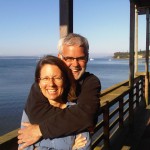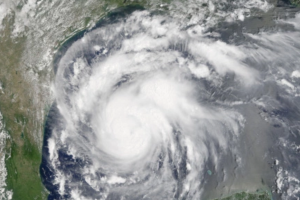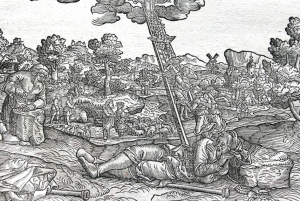 A post by Priscilla Pope-Levison
A post by Priscilla Pope-Levison
The day before I started to bleed I turned 30. Jack and I celebrated my birthday and a baby on the way underneath a crystal chandelier in the dining room of our 1920s home. So many corners of the house needed work, like most of the homes on the once posh street in Kansas City, but we had fallen in love with its delft-tiled fireplace, crisscross wooden beams, and real crystal chandelier. We planned to restore the house to its original glory, starting with the second bedroom—the baby’s room.
I felt exuberant and hopeful, poised to finish my doctoral dissertation in theology, deeply in love with the man I’d married seven years earlier, and now—icing on the cake—expecting a baby. The very next morning, I started to bleed.
The doctor confirmed it: I was going to miscarry. But it wouldn’t happen right away, he said, so he “packed me tight” with gauze to catch any prodigal blood and sent me home to wait. I didn’t have to wait long. That night, a few hours later, I went into labor. I did my best to distract myself from the aching by knitting a vest I’ve only worn a few times since then, but the pain became unbearable. So Jack and I got in the car and made a midnight ride to the hospital—an unforgettable, bittersweet night he wrote about in his first Patheos blog, “Welcome, Black and Blue Saints.”
The miscarriages didn’t stop. There were two more after the first, each accompanied by overwhelming grief and loss, each more final than the one before. After the second miscarriage, the doctor ordered a light battery of tests, but nothing alarming showed up. After the third, the tests ramped up, and they found a chromosomal translocation in my genes.
Sometime between the first and second miscarriage, we moved to Chicago for jobs at another university and started the rounds of church visiting, an already dismal experience of putting yourself out there, of being a stranger among people who knew each other and talked to anyone but you.
In one of those churches, on Mother’s Day, 1990, the pastor invited mothers to come to the altar area to join in a celebration dance together. Just mothers. Not women who mother others’ children – like teachers, nurses, day care workers – or single-parent fathers who mother, or even those who hope to be mothers one day. I could not link arms with them. They formed a circle of exclusion.
In Resurrection Year, author Sheridan Voysey nails it on the head when he writes, “childlessness can bring isolation.”
Like chronic illness, unwanted singleness, and other life statuses that deviate
from the ‘norm,’ childlessness can bring isolation. … Merryn [his wife] stopped
attending baby showers and still skips church on Mother’s Day. (169)
Voysey rightly questions – critiques – this truncated, narrow view of family by considering what Jesus, who also didn’t have his own biological children, has to say about family.
… you [Jesus] widened the boundaries of what we call a family.
Whoever does God’s will—a family not of bloodline but of faith.
No biological children for you, but many spiritual ‘descendants.’ (174)
Noted culture critic Rodney Clapp claims that Jesus “decenters” the nuclear family by answering the question, “Who are my mother and my brothers?” in Mark 3:33-34 with this statement: “Here are my mother and my brothers! Whoever does the will of God.”
It is this family network that demands our first allegiance over and above the nuclear family. Clapp calls this family the First Family: the church, the world-wide, kingdom-building community. The Second Family is a biological family. For Christians—married, partnered, divorced, single, with biological or adopted children, or with no children at all—the First Family comes first.
At the end of C. S. Lewis’ The Great Divorce, Voysey recalls, a “radiant lady is honored in heaven with a procession of singing girls and boys.” Are these her biological or adoptive children? “No,” the guide explains, “she didn’t have a large family, but because she loved well on earth, every young man or boy that met her became her ‘son’ in heaven … and every girl she met became her ‘daughter.'” (192)
She didn’t have a large family. She had a First Family, bursting “with a procession of singing girls and boys.”












